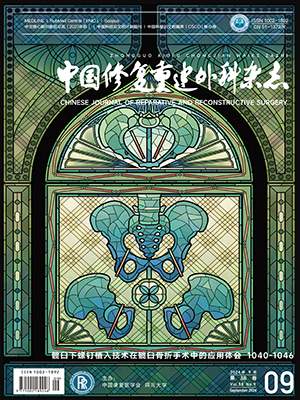OBJECTIVE To determine the role of endogenous carbon monoxide(CO) in oxidant-mediated organ injury following limb ischemia-reperfusion (I/R) in rats. METHODS: Sixty-four SD rats were divided into 4 groups: Sham group, Sham + zinc protoporphyrin (ZnPP, an inhibitor of heme oxygenase activity), 2-hour ischemia followed by 4-hour reperfusion (I/R) group and I/R + ZnPP group. Carboxyhemoglobin (COHb) level in the artery blood, malondialdehyde (MDA) content and superoxide dismutase (SOD) activity in the lung, heart, liver and kidney were detected. The 24-hour survival rate of rats was studied. RESULTS: Compared with the sham group, the COHb level and MDA content significantly increased, while the SOD activity and the survival rate significantly decreased in I/R group (P lt; 0.05). Compared with the I/R group, MDA content significantly increased, while the SOD activity, the 24-hour survival rate and COHb level significantly decreased in I/R + ZnPP group (P lt; 0.05, respectively). CONCLUSION: Limb I/R could lead to the oxidant-mediated multiple organ injury accompanied by the increase of CO level which play an important role in the defense against I/R-induced remote multiple organ injury in rats.
Citation: ZHOU Jun lin,ZHU Xiao guang,LING Tong,et al.. EFFECT OF ENDOGENOUS CARBON MONOXIDE ON OXIDANT-MEDIATED MULTIPLE ORGAN INJURY FOLLOWING LIMB ISCHEMIA-REPERFUSION IN RATS. Chinese Journal of Reparative and Reconstructive Surgery, 2002, 16(4): 273-276. doi: Copy




